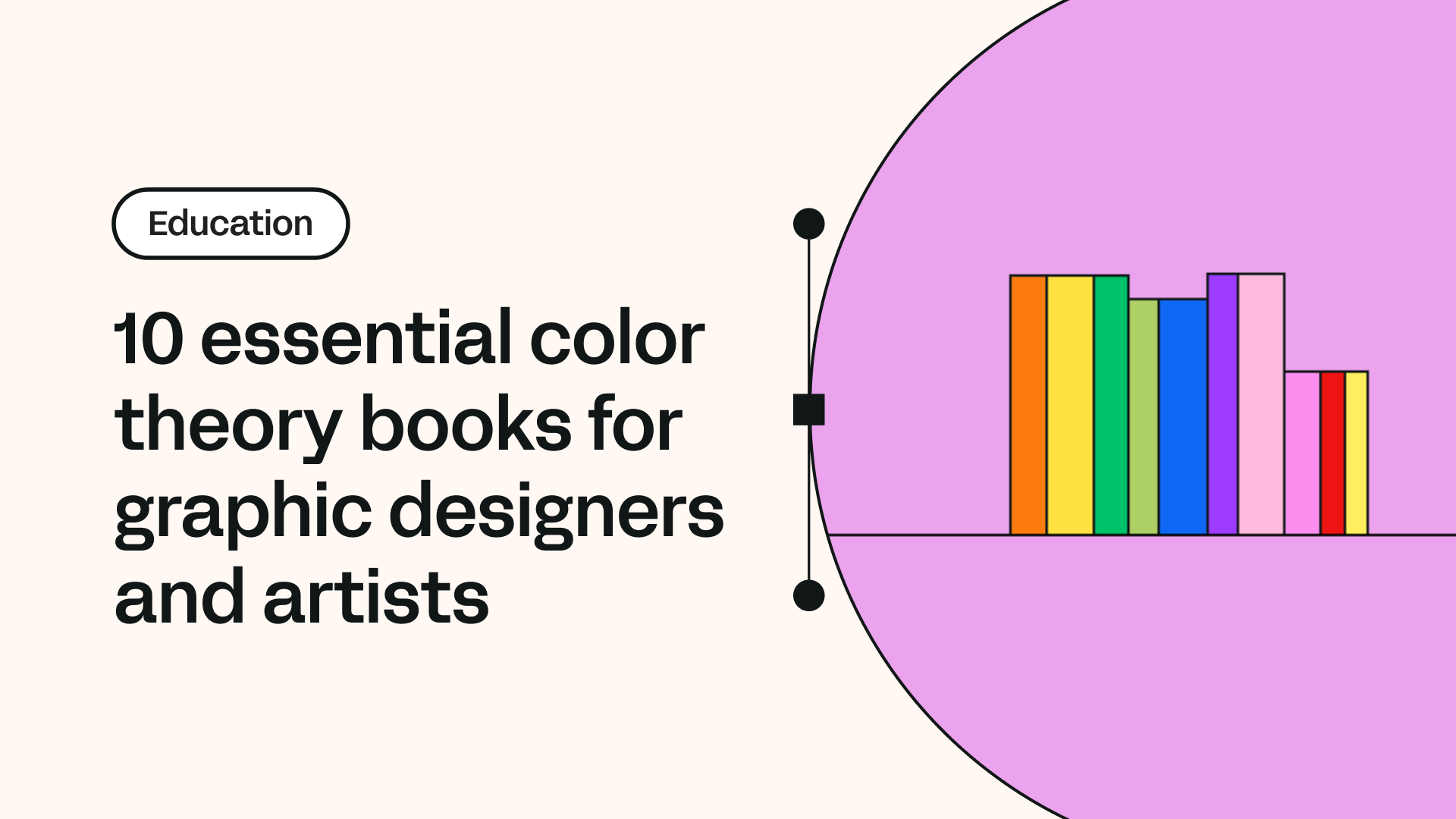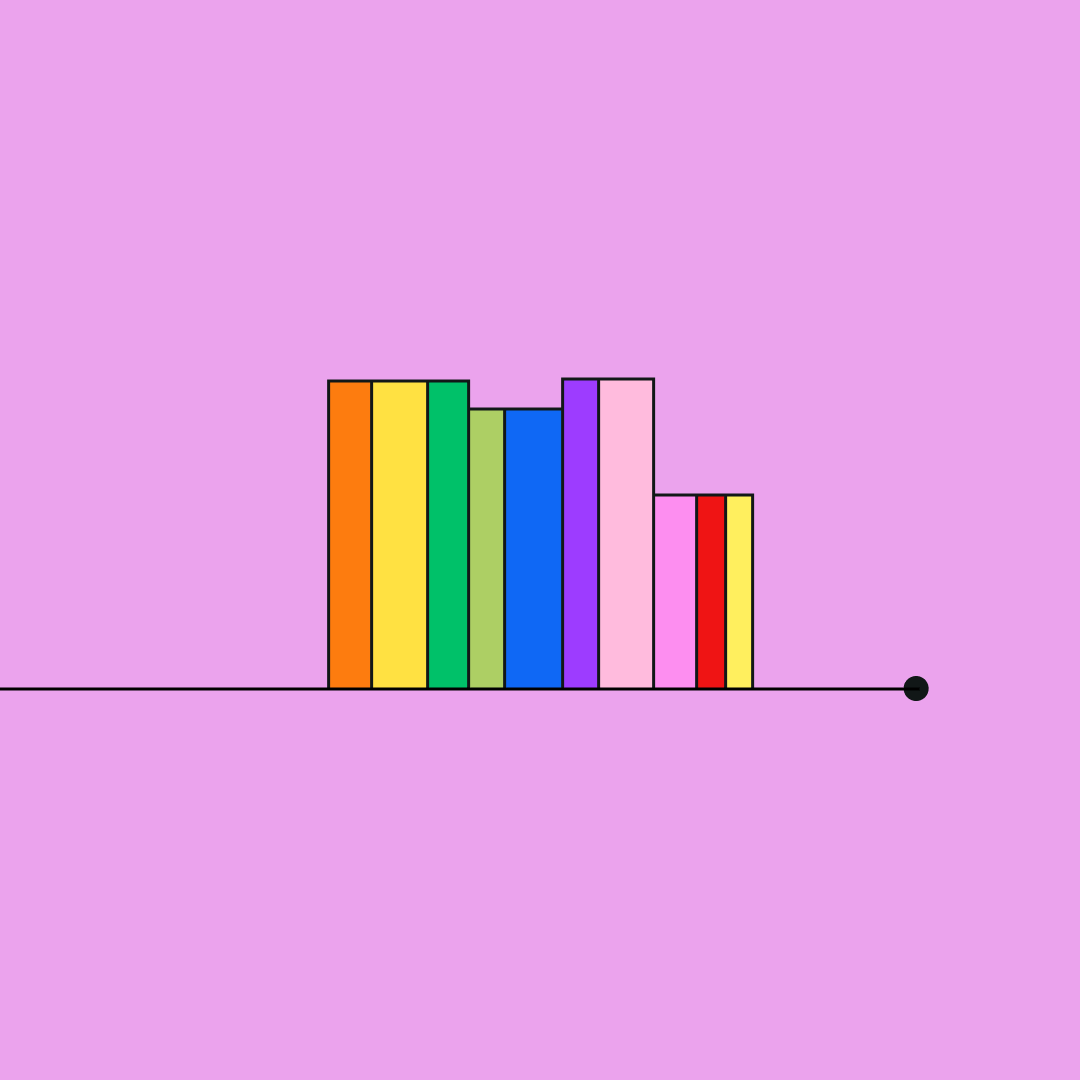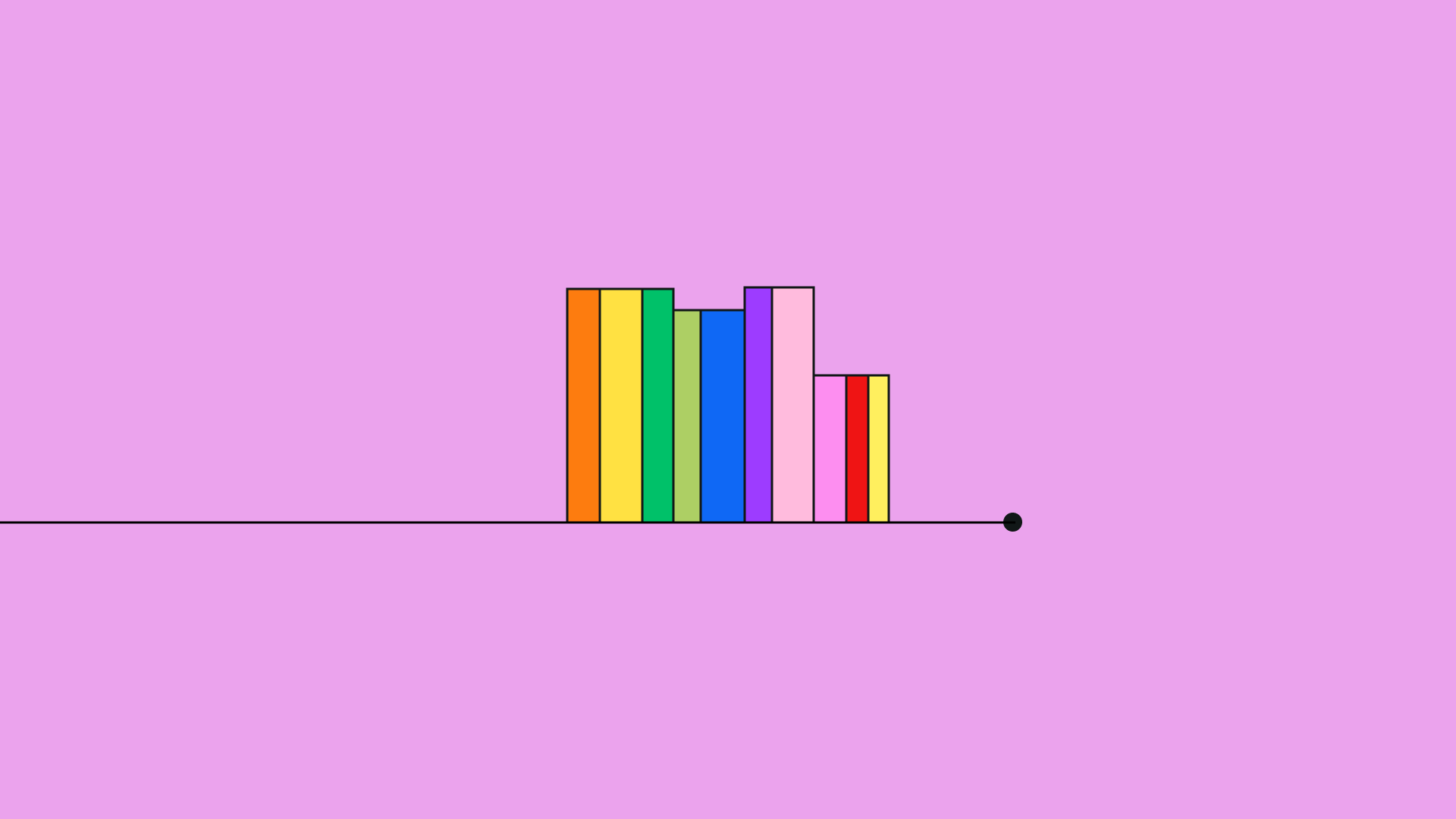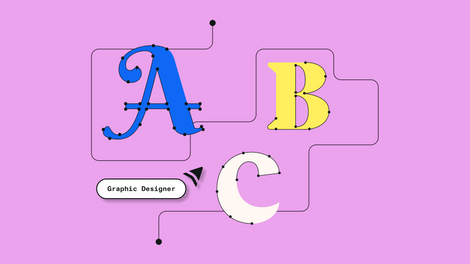Luckily, we live in a colorful world, but many of us don’t realize it until we’re faced with a decision. For example, you probably have childhood memories of choosing candies and toys based on your favorite color. Or if you loved to draw as a kid, you likely picked up the crayons that matched how you felt at the time. But how did you develop these color preferences in the first place?
Babies begin to perceive colors more vividly between 2 and 4 months old. As we develop and learn to interpret our environment, we begin to associate color with different emotions. Some of these associations come from a person’s cultural background or gender-related stereotypes, while others come from learned experiences. Our memories are shaped through daily events, and because color is present in our environment, an emotion-color association takes place in our minds. For example, in some cultures, red symbolizes passion, love, and even anger. And green is universally associated with nature.
.jpg)
Why is color important for creatives?
Many people have a favorite color, but choosing the right one for a design requires more than a personal preference.
Studies show that color is vital for enhancing memories, grabbing a person’s attention, and evoking a feeling. So, if colors affect emotions and emotions affect decisions, color choice is vital in design. In the book, Color for Impact, author Jan V. White claims that colored advertisements can attract people to read the advertisement up to 42% more often than non-colored advertisements. With this in mind, it’s a good idea to learn how to use color effectively in your designs and artwork so that you can make a bigger impact on your audience.
Jumpstart your ideas with Linearity Curve
Take your designs to the next level.
What is color theory?
Color theory is the science of color. Through exploring color psychology and theoretical methods such as the color wheel model, artists and designers have practical guidance for mixing pigments, choosing complementary colors, creating visual harmony, or even provoking strong emotions through their work.
Before we delve into our must-have list of color theory books, check out our previous blog post on using the color wheel to create designs. There’s a surprising history behind the theory!
You’ll probably agree that color is a fascinating topic, and there's much to learn. Read on to discover 10 books on color theory that will help you on your journey to understanding hues, shades, and tones.
.jpg)
The Secret Lives Of Colour by Kassia St Clair
The Secret Lives of Colour by Kassia St Clair covers the surprising stories of 75 colors. From acid yellow to imperial purple, these shades, hues, and dyes all have interesting cultural histories that help us understand how they came to be used today. Think of each hue as a fascinating person and St. Clair as their biographer.
This book is for anyone who wants to discover the brilliant history of colors. You can buy The Secret Lives Of Colour from Bookshop.org.
Color Problems: A Practical Manual for the Lay Student of Color by Emily Noyes Vanderpoel
Emily Noyes Vanderpoel was an artist, scholar, and historian who worked during the beginning of the 20th century. Color Problems: A Practical Manual for the Lay Student of Color - originally published in 1903 - was her first and most influential publication on the subject of color.
In this book, she details some of the main color theories of the time, and provides her own highly original ideas and analysis that predate abstract art movements.
To peer into the mind of a pioneer of color theory, buy Color Problems: A Practical Manual for the Lay Student of Color.
The Designer's Dictionary of Color by Sean Adams
The Designer's Dictionary of Color by Sean Adams is a practical resource for anyone who uses color in their creative practices. As the title suggests, this book is a dictionary of color, where you can find 30 different colors organized by spectrum.
Ready to learn something new?
Check out our list of great design courses online.
Each hue is documented with charts that show the color range and palette variations. And each chapter details every shade’s history and cultural associations, giving you in-depth knowledge of color theory.
Want a better understanding of colors? Buy The Designer's Dictionary of Color.
Interaction of Color by Josef Albers
We consider Interaction of Color by Josef Albers of Bauhaus School a must-have for designers and artists. The book is an essential guide on changing our perception of colors depending on their nearby hues.
One of the masters of color theory, Albers explains how colors can appear to morph and change shades depending on how they’re arranged. For example, one color study shows how two different blues can be made to seem identical if placed on contrasting backgrounds.
Interaction of Color was originally published in 1963 and is still respected as one of the most important books on color theory today.
Mesmerized by how colors trick the eye? Buy Interaction of Color.
The Elements of Color by Johannes Itten
The Elements of Color by color theorist Johannes Itten is a condensed version of his previous book, The Art of Color. The color theorist examines different approaches to understanding color through colored illustrations and practical exercises. Itten also analyzes the color schemes in famous paintings from history, giving us a glimpse into the mindset of master artists such as Pablo Picasso and Paul Klee.
Want to learn from one of the most respected color theorists of our time? Buy The Elements of Color book.
Color Theory by Patti Mollica
Color Theory by Patti Mollica is a practical guide for any artist or designer who wants to gain a better understanding of color theory. An artist herself, Mollica wrote this book so that she could help fellow creatives make meaningful color choices in their work. The book includes sections on the psychology of colors, pigment characteristics, color schemes, color mixing, and much more.
Want to learn how to use color in art? Buy Color Theory.
Color Choices: Making Color Sense Out of Color Theory by Stephen Quiller
Although aspects of color theory are scientific, understanding color gives artists a chance to discover their unique “color sense.” This is the subject of Color Choices: Making Color Sense Out of Color Theory by internationally renowned artist Stephen Quiller.
He offers readers the tools for interpreting color relationships and creating, mixing, and blending their own color schemes. This book is for artists who work in oil paints, watercolor, acrylics, gouache, or casein, but there’s no reason why a graphic designer or digital artist can’t learn from this brilliant guide.
You can buy Color Choices from Bookshop.org.
The Secret Language of Color by Arielle and Joann Eckstut
Mother and daughter duo Arielle and Joann Eckstut are so fascinated by color, that they decided to research the science behind it. In their book, The Secret Language of Color, they investigate the colors of our world and explain the physics and chemistry of individual hues.
The chapters discuss how and why we see color, how different animals see color, how our language influences the colors we see, and much more. The main colors examined in the book are red, orange, yellow, green, blue, and violet.
Want to learn more about the fascinating lives of color? Get your copy of The Secret Lives of Color.
A Dictionary of Color Combinations by Sanzo Wada
This book is a collection of 348 color combinations by Sanzo Wada, a Japanese artist, teacher, costume, and kimono designer who greatly contributed to Japan's avant-garde art and cinema movement. Influenced by western culture, Wada was a pioneer of color research, and laid the foundation for combining colors in unusual ways. This book is derived from Wada’s original 6-volume work from the 1930s.
If you’re looking for color palette inspiration, you can buy A Dictionary of Color Combinations here.
Palette Perfect for Graphic Designers and Illustrators: Colour Combinations, Meanings and Cultural References by Sara Caldas
This book is aimed at graphic designers, illustrators, product designs, design students, and anyone interested in creating impactful color combinations. It showcases real design examples from renowned international illustrators and designers, and delves into the color meanings, moods, and cultural references of each one.
Ready to create brand assets that pack a punch?
Visit our Academy for free marketing design courses.
Every color mentioned is identified with CMYK, RGB, and HEX codes, so any designer can easily use it in their work.
Want to explore a rich repertoire of colors? Buy the Palette Perfect book.
Wrap up
Whether you’re a graphic designer, illustrator, or painter, having a book on color theory will help you take your art to the next level. We like to think that obtaining the knowledge contained in these books is like having a designer superpower—there’s no stopping you now!
At Linearity, we believe color is one of the most important aspects of design. That’s why we’re constantly adding to and improving our software's features.
The new Color Widget on Linearity Curve (formerly Vectornator) allows you to quickly change the color properties of your selected shape. Plus, you can easily choose colors from the Color Well using the Color Picker and create your own Personal Color Palettes.
To learn more about designing with color on Curve, visit our Learning Hub page, where you can read about our features in depth. We also offer valuable design resources in our Design Tips section and on the Academy.
Jumpstart your ideas with Linearity Curve
Take your designs to the next level.


Share this!
Emma Taggart
Emma is a Content Writer for Linearity in Berlin. Her hobbies include making ceramics, roller skating, drawing, and 2D animation.


:quality(75))
:quality(75))



:quality(75))

:quality(75))
:quality(75))



